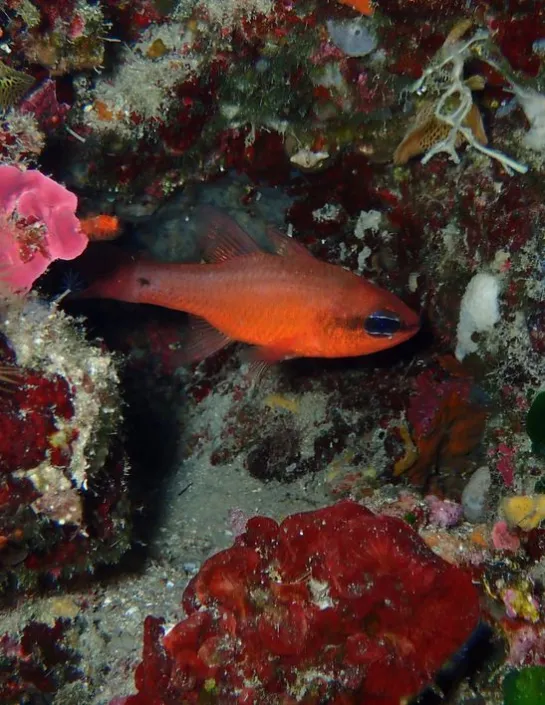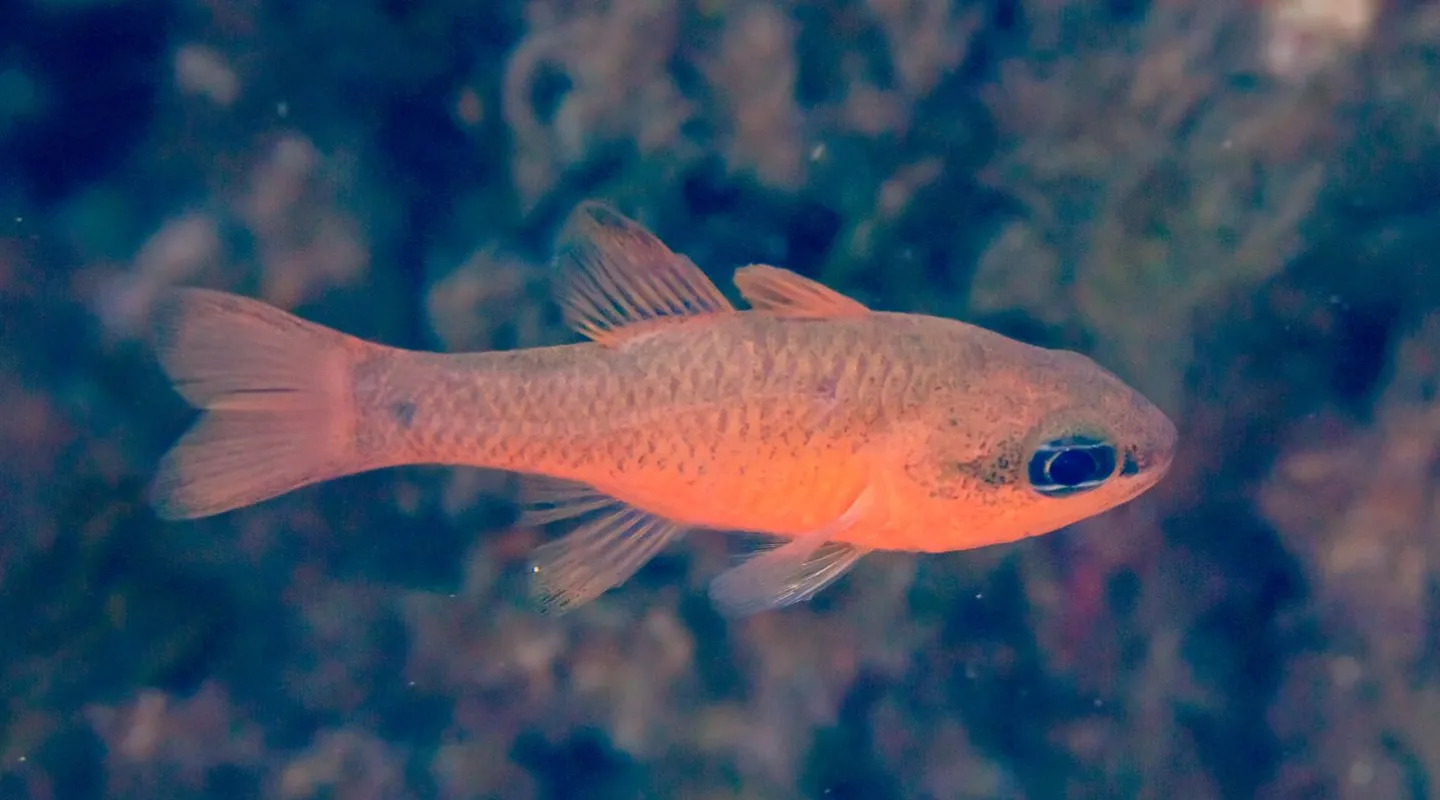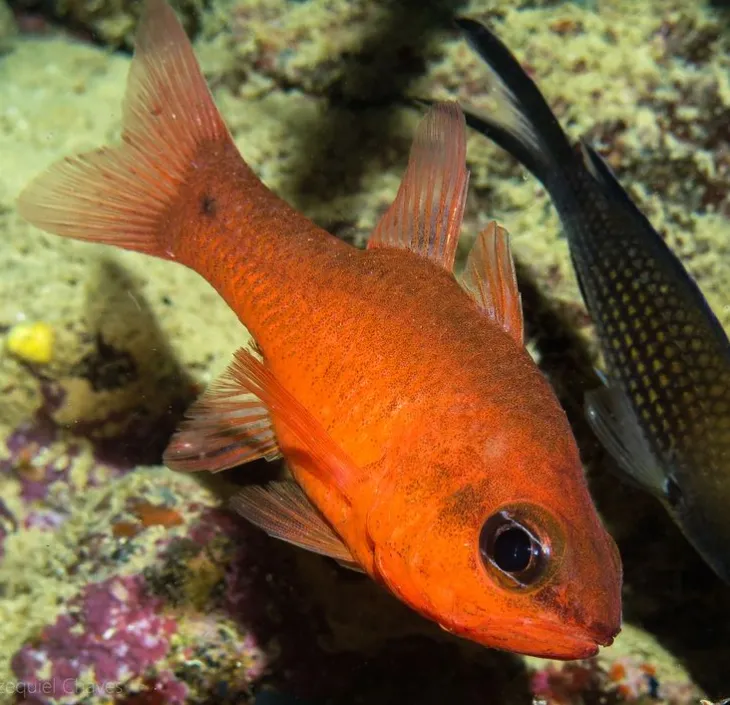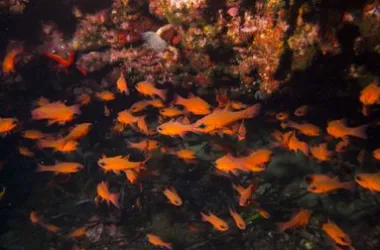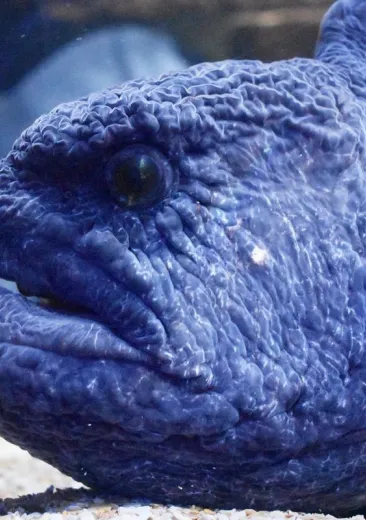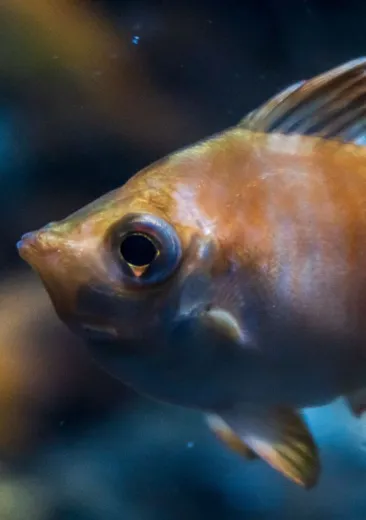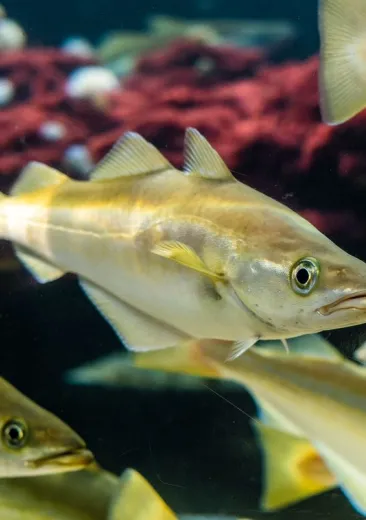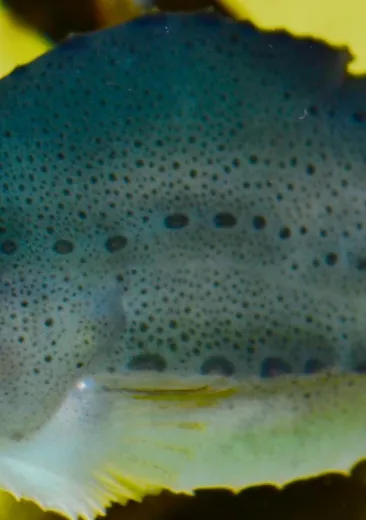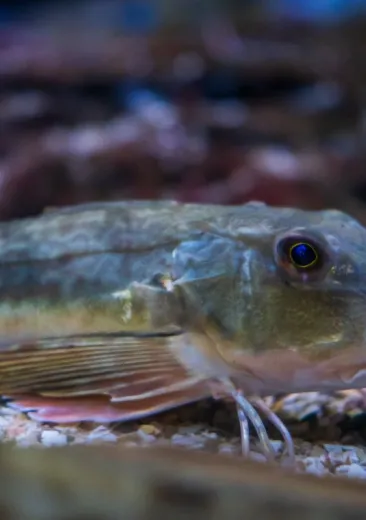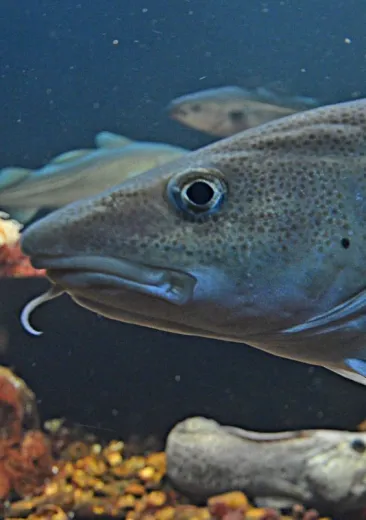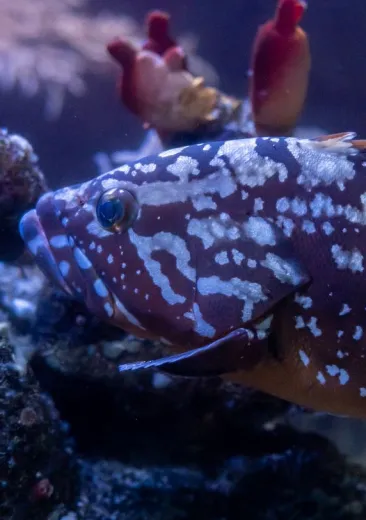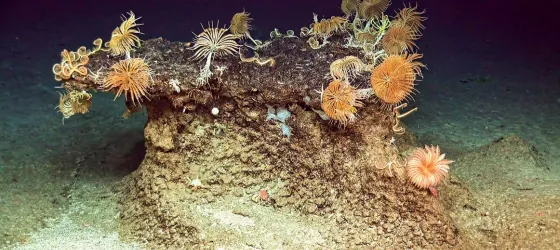It is also known as the king of the mullets or the Mediterranean cardinalfish.
For divers, it marks the beginning of the descent to the depths, as it is most often found at depths of over 20 metres.
Due to its red colour, it is difficult to see once you reach a depth of more than 10 metres, both to protect itself and to hunt. Soldierfish have the same distinctive feature.
Where is the animal to be found?
It is a rockfish, meaning that it thrives in rocky shelters. It stays there during the day and comes out at night to hunt.
It can be found in the Mediterranean and Eastern Atlantic (from the south of the Bay of Biscay), in the Gulf of Guinea, the Azores, Cape Verde and the Canary Islands.
How can it be recognised?
- The cardinalfish is an orange-red fish with a stocky body and a maximum size of 15 cm. It is sometimes confused with the swallowtail seaperch Anthias anthias or the damselfish, which is also known as the Mediterranean chromis Chromis chromis.
- It can be distinguished by two bluish-white lines around its large round eyes and very long pectoral fins.
- Its body is fairly tall and slender.
- Males and females look alike. They live in groups and sometimes behave territorially towards other fish, and even towards their own species.
- The mouth is protractrile and can extend considerably, allowing the male to shelter the eggs during the incubation period.
What is distinctive about it?
Just like the Banggai cardinalfish, the male keeps the fertilised eggs in its mouth until the babies hatch. It can hold more than 20,000 eggs in its mouth.
Breeding takes place in summer and the courtship behaviour features close contact between the two fish, which begin a dance that moves in slow circles. Mating without copulation leads to fertilisation. Once the eggs have been released, they clump together and are collected by the male, who keeps them in its mouth until they hatch.
This incubation lasts for a week, during which the male cardinalfish cannot feed.
